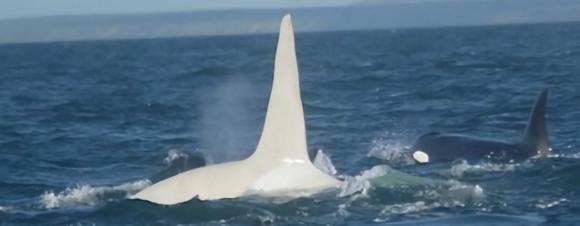
Photo: Tym Morsky svet via Roaring Earth
In 2012, we posted about a sighting one of the first adult all white orca whales in the western North Pacific near the Kamchatka Peninsula. The observation was reported by Erich Hoyt, co-founder of the Far East Russia Orca Project. The rare whale was nicknamed Iceberg.
Subsequently, additional white orcas, no fewer than five, and perhaps as many as eight, have been sighted. White orcas are virtually unknown in other oceans. The unusual occurrence of so many white orcas in the region could suggest evidence of inbreeding. Or perhaps not.

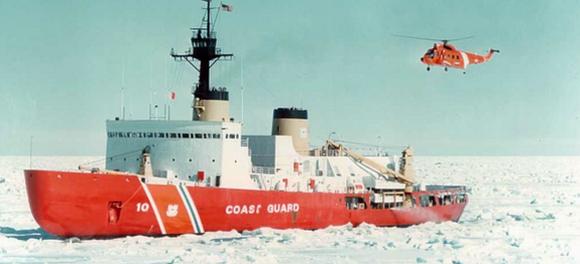 There is a serious crisis at our border. No, not the Southern border, where crossings are at close to a 50 year low. I am referring to our Northern border, the Arctic Sea, where the US has only one heavy icebreaker, the
There is a serious crisis at our border. No, not the Southern border, where crossings are at close to a 50 year low. I am referring to our Northern border, the Arctic Sea, where the US has only one heavy icebreaker, the 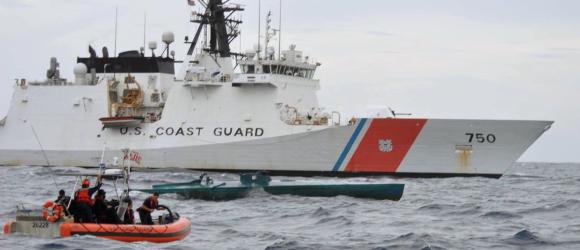 Happy 228th Birthday to the
Happy 228th Birthday to the 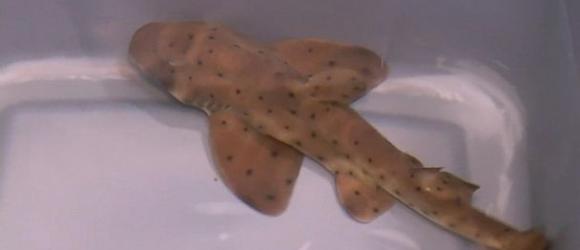 Last weekend, two men and a woman carrying a toddler
Last weekend, two men and a woman carrying a toddler 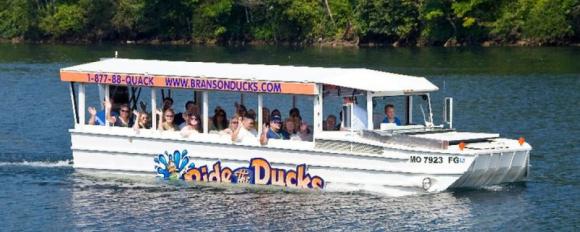 The Coast Guard has begun a
The Coast Guard has begun a 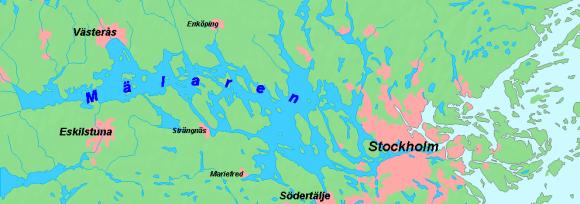 This sounds like a scene from a 1960 or 1970s “
This sounds like a scene from a 1960 or 1970s “
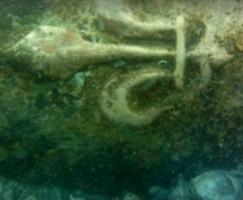 In 1565,
In 1565, 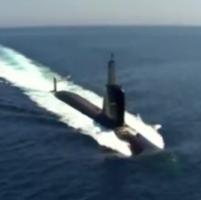 Spain’s
Spain’s  This Friday there will be a total eclipse of the moon. The eclipse will be
This Friday there will be a total eclipse of the moon. The eclipse will be 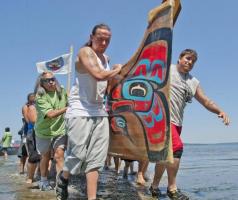 Every year, thousands of people join in on a
Every year, thousands of people join in on a 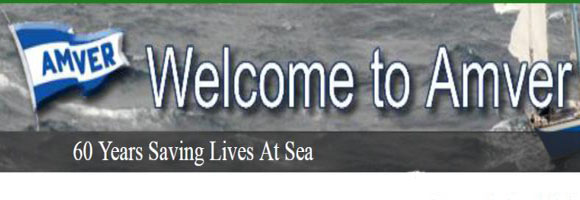 We are a few days late in celebrating
We are a few days late in celebrating 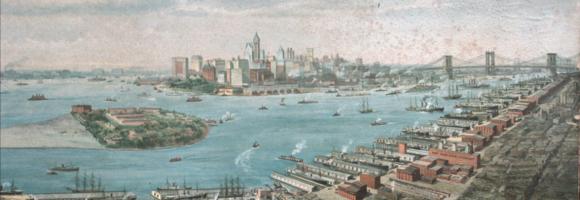
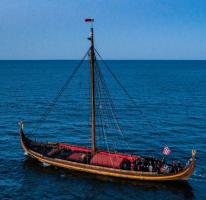
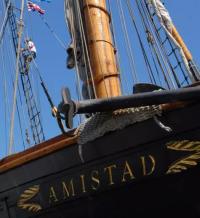 The schooner
The schooner 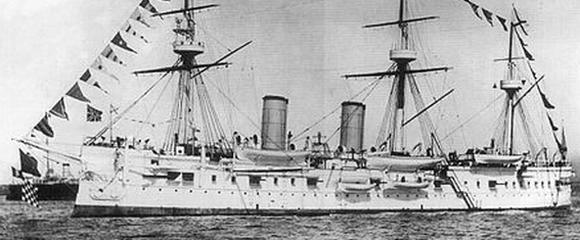
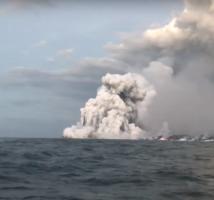 On Monday, the name
On Monday, the name